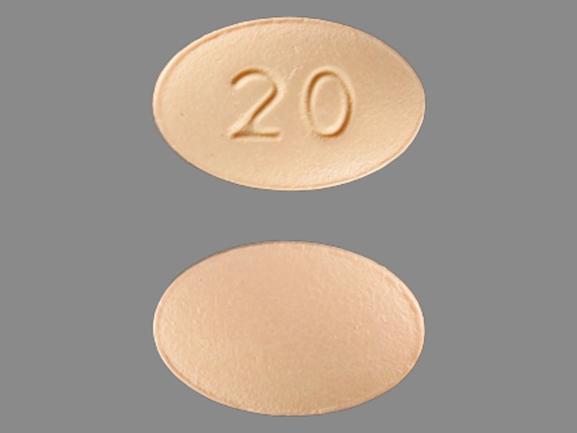Viibryd and Alcohol/Food Interactions
There is 1 alcohol/food/lifestyle interaction with Viibryd (vilazodone).
Vilazodone Food/Lifestyle
Moderate Food Interaction
GENERALLY AVOID: Alcohol may potentiate some of the pharmacologic effects of vilazodone. Use in combination may result in additive central nervous system depression and/or impairment of judgment, thinking, and psychomotor skills.
ADJUST DOSING INTERVAL: Food enhances the oral bioavailability of vilazodone. According to the product labeling, vilazodone blood concentrations in the fasted state can be decreased by approximately 50% compared to the fed state, which may result in diminished effectiveness in some patients. The absolute bioavailability of vilazodone is 72% with food. In study subjects, administration with food (high-fat or light meal) increased vilazodone peak plasma concentration (Cmax) by approximately 147% to 160% and systemic exposure (AUC) by approximately 64% to 85%.
MANAGEMENT: Patients receiving vilazodone should be advised to avoid consumption of alcohol. Ambulatory patients should be counseled to avoid hazardous activities requiring complete mental alertness and motor coordination until they know how vilazodone affects them, and to notify their physician if they experience excessive or prolonged CNS effects that interfere with their normal activities. Vilazodone should be taken with food. Administration without food may result in inadequate drug concentrations and diminished effectiveness.
References (1)
- (2011) "Product Information. Viibryd (vilazodone)." Trovis Pharmaceuticals LLC
Switch to consumer interaction data
Viibryd drug interactions
There are 439 drug interactions with Viibryd (vilazodone).
Viibryd disease interactions
There are 6 disease interactions with Viibryd (vilazodone) which include:
More about Viibryd (vilazodone)
- Viibryd consumer information
- Check interactions
- Compare alternatives
- Pricing & coupons
- Reviews (862)
- Drug images
- Side effects
- Dosage information
- During pregnancy
- Generic availability
- Support group
- FDA approval history
- Drug class: miscellaneous antidepressants
- Breastfeeding
- En español
Related treatment guides
Drug Interaction Classification
| Highly clinically significant. Avoid combinations; the risk of the interaction outweighs the benefit. | |
| Moderately clinically significant. Usually avoid combinations; use it only under special circumstances. | |
| Minimally clinically significant. Minimize risk; assess risk and consider an alternative drug, take steps to circumvent the interaction risk and/or institute a monitoring plan. | |
| No interaction information available. |
See also:
Further information
Always consult your healthcare provider to ensure the information displayed on this page applies to your personal circumstances.


